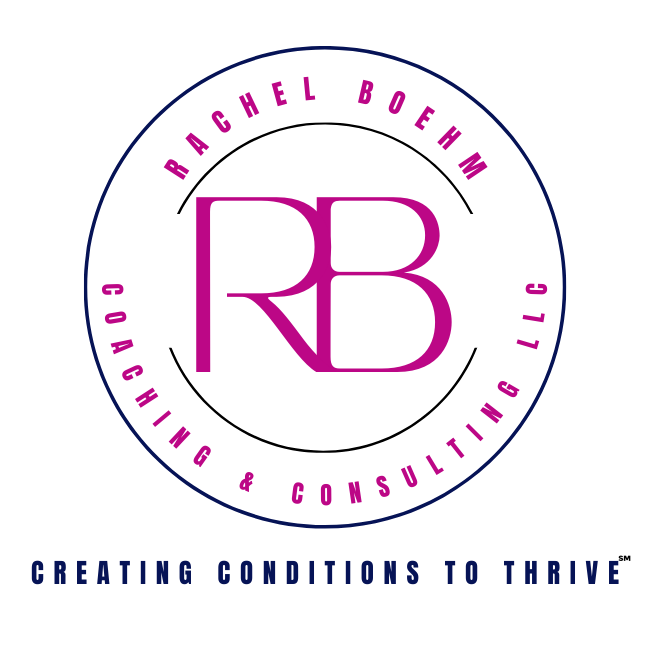Business Leaders Worried About Burnout Have to First Overcome Ambivalence
Lots of people are quick to sell strategies and products to help you stress less, get healthy, practice self-care, or adopt some other new “good habit.” What they don’t tell you, though, is that that change is going to feel like a loss.
You’re also, at some point if not right away, going to feel ambivalent about the whole thing. Navigating both is critical to making that new habit stick, which then will (if it’s the right habit for you) enhance your well-being and help you prevent or recover from burnout.
Here’s a brief guide on understanding ambivalence and change-related loss, so you can reduce the risk of burnout for yourself and your team.
Understanding Ambivalence
Ambivalence is the simultaneous presence of conflicting thoughts, feelings, or beliefs about a particular situation or behavior. When it comes to “healthier habits,” it typically rears its head. You will know you’re ambivalent about the change when you catch yourself both wanting to change and also feeling reticent to take action. It can be exhausting navigating these two inner conflicts. Typically, people confuse ambivalence for laziness, lack of motivation, or lack of willpower and they start beating themselves up and feeling like a failure.
You are not lazy, unmotivated, or lacking willpower. You’re a business leader. You wouldn’t be where you are if you were. You are simply ambivalent. And ambivalence is not only common but normal when it comes to changing behavior. The first step after recognizing that you are experiencing ambivalence is to embrace it and use it as information rather than beat yourself up for it.
There are many reasons you might feel ambivalent toward a change, even one you want to make not just feel you should make. You might:
• Know you “should” exercise but hate exercise.
• Want to “stress less” but not feel like you can take time out of your day to meditate or do other popular stress management techniques.
• Want to stop snacking at night but can’t seem to stop.
• Want to spend more time with friends but already feel guilty when you’re at work because you’re not at home, and feel guilty at home when you’re not at work.
• You might want to stop dieting and tracking everything you eat, but fear if you stop you will gain weight or lose the feeling of control.
This is where the “loss” comes in.
Understanding Loss
Every habit we have is filling a perceived need. We get some type of reward for it or we wouldn’t keep doing it. This is true even for “unhealthy” or “bad” habits. So, when we just cut something out and try to just stop doing the “bad” habit, we most likely will relapse. You are losing something, and that can be hard to accept if you don’t find another way to satisfy the need and deliver the reward. For example, if you want to stop snacking at night, you have to explore the deeper, core reasons why you snack at night.
There could be many, but one might be boredom. It might be that you have been stressed most of the day, and the nighttime snacking (which most likely is junk food) is delivering feel-good chemicals to your brain that feel like the release you have been waiting for.
Let’s say for the sake of example that that’s the case. The next step is finding ways to release stress and frustration throughout the day, so it doesn’t build up. And also find a healthier way of coping at night when it does. Perhaps a walk, a run, biking to your favorite shows or books, listening to music, playing brain games, meditating, stretching, journaling…there are many options that you can experiment with.
For the sake of time, I won’t break down every example. Hopefully, you get the idea:
• Change can feel like a loss
• You have to replace what’s “lost” with something else to fill the hole, and meet the need.
• Ambivalence is a sign that you are contemplating making a change but might not be ready to take action because you haven’t explored the feelings of loss, or fear, or other emotions around making the change.
Why Act on Ambivalence
Ambivalence towards health can have significant consequences for business leaders because it can delay or prevent taking action to improve mental, physical, emotional, and even social health. These all contribute to the risk of burnout, which increases (and is exacerbated by) physical and mental exhaustion, poorer decision-making, reduced engagement and performance, reduced creativity, chronic health issues, anxiety, and depression.
Ambivalence won’t fix itself. This is why it can be helpful to start coaching or therapy even in a state of ambivalence. Credible coaches and licensed therapists are trained in techniques to help you navigate and overcome ambivalence. These techniques help you
• Increase self-awareness
• Set realistic goals
• Create a supportive work and home environment
• Weigh the pros and cons of the change to understand your inner conflicts
• Identify the different types of motivation at play, to better understand your readiness for change
• Challenge self-talk that might be inaccurate, thereby illuminating the ambivalence
Overcoming ambivalence towards health is crucial for business leaders to achieve long-term success. By prioritizing their well-being, leaders can enhance their productivity, creativity, and overall leadership effectiveness. By addressing ambivalence and promoting healthy behaviors, organizations can cultivate a thriving work environment where leaders can thrive both personally and professionally. To do this, the first steps are understanding and embracing ambivalence. Then, work with a credentialed professional to help guide themselves or their team through that state of ambivalence and into a state of forward movement.
References
doi: 10.1111/add.13286
https://doi.org/10.1080/16066359.2016.1236191
https://doi.org/10.1038/s41598-022-13533-2
https://www.proquest.com/scholarly-journals/ambivalence-resistance-change/docview/213338572/se-2


